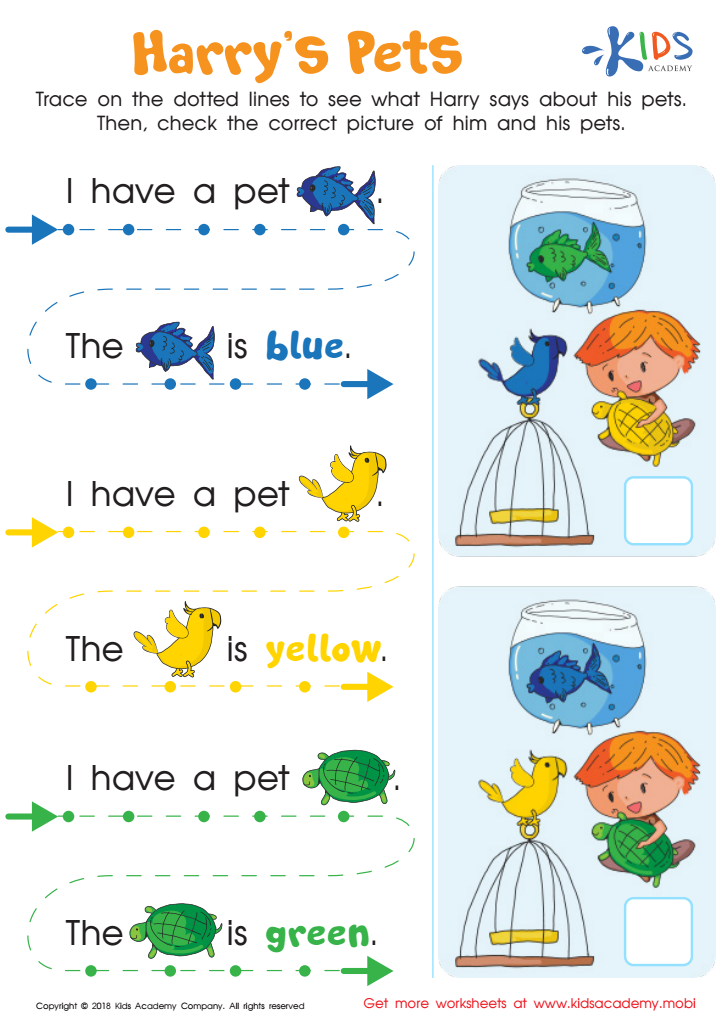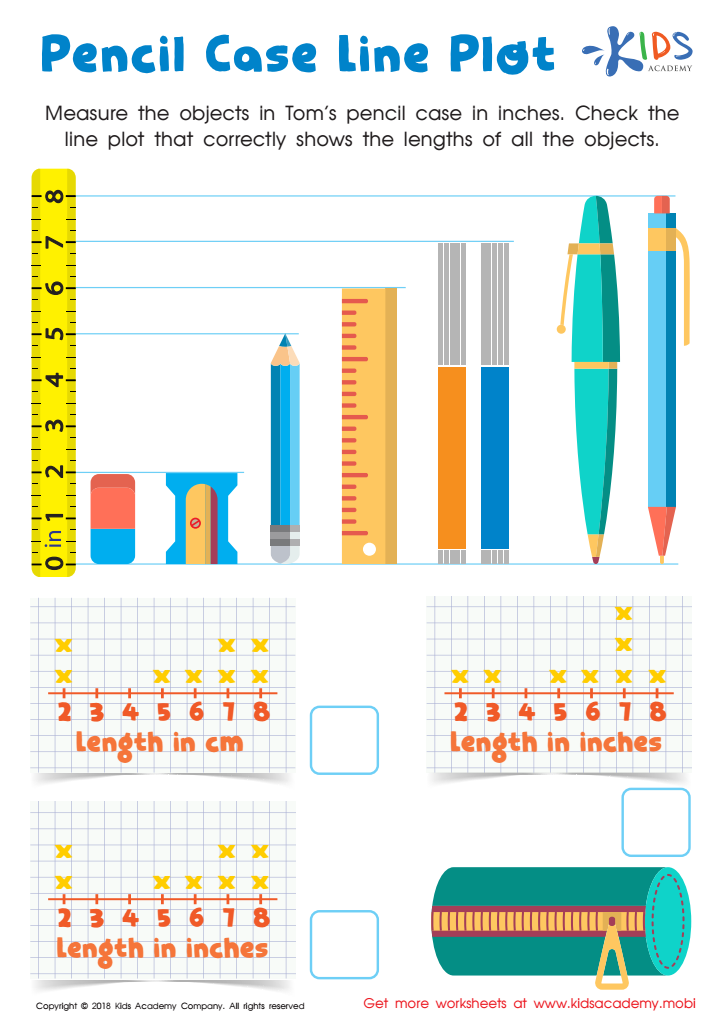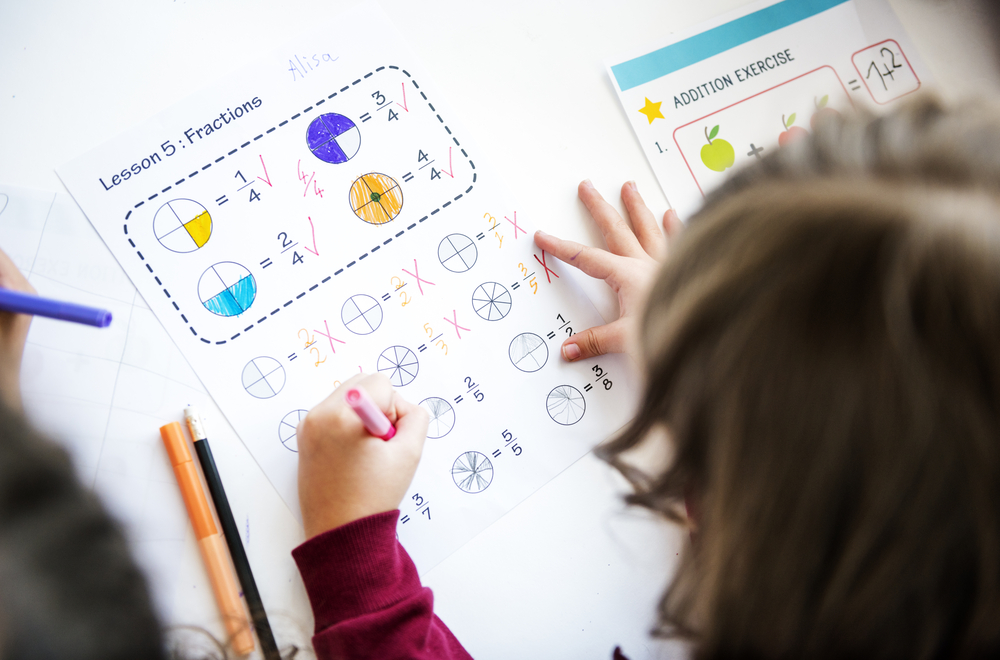Graphical representation Worksheets for Kids
2 filtered results
-
From - To


Read from Left to Right: Harry's Pets Worksheet


Pencil Case Line Plot Worksheet
Question/Answer
How does the mastery of the Graphical representation skill affect a student's performance at an early age?
Mastery of graphical representation at an early age significantly enhances a student's performance by improving their ability to interpret, analyze, and communicate complex information visually. This skill fosters critical thinking, problem-solving abilities, and mathematical understanding, which are foundational for academic success across various subjects. It also boosts confidence in handling data and aids in the development of spatial reasoning skills.
Why is the Graphical representation skill important for Preschool students?
Graphical representation skills are crucial for preschool students as they lay the foundation for critical thinking, problem-solving, and communication. These skills enable young learners to visually express ideas, understand abstract concepts through concrete representations, and develop early literacy and numeracy skills. This fosters cognitive development, creativity, and the ability to interpret and convey information effectively from a young age.
How to train the Graphical representation skill in Preschool students learning about Reading Fiction?
To train preschool students in graphical representation while reading fiction, introduce them to story mapping. Use simple visual aids like storyboards or charts to map out key elements: characters, setting, problem, and solution. Encourage them to draw or use stickers to represent these elements, helping them visualize and understand the story structure and enhancing their comprehension and retention.
 Assign to the classroom
Assign to the classroom











